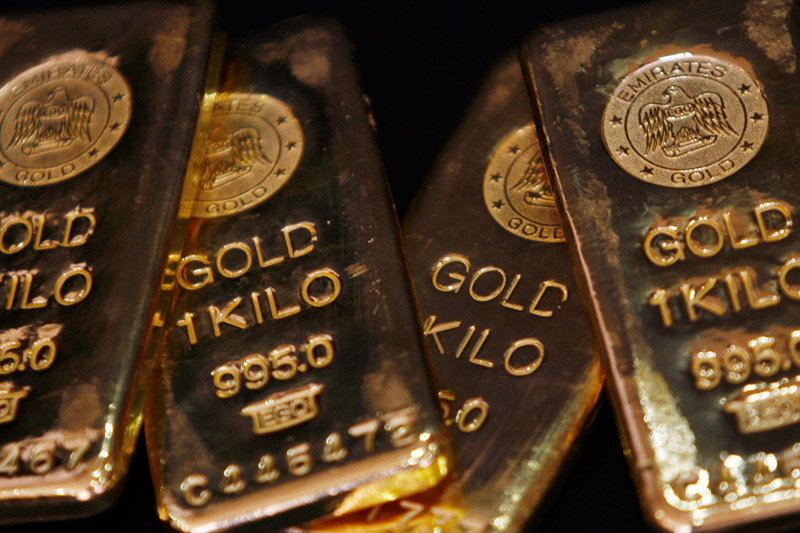Investing.com - Gold futures rose to a fresh three-month high in Europe trade on Tuesday, amid growing skepticism over the Federal Reserve's ability to raise interest rates as much as it would like this year.
Gold for April delivery on the Comex division of the New York Mercantile Exchange rose to an intraday peak of $1,131.00 a troy ounce, the most since November 3, before turning lower to trade at $1,125.50 by 07:50GMT, or 2:50AM ET, down $2.50, or 0.22%.
A day earlier, gold rallied $11.60, or 1.04%, as weak U.S. manufacturing data added to speculation the Federal Reserve may slow any planned interest rate hikes.
The Institute for Supply Management said its index of purchasing managers inched up to 48.2 last month from a reading of 48.0 in December, which was the lowest since July 2009.
Fed Vice Chair Stanley Fischer strongly hinted that the U.S. central bank's monetary policy will remain accommodative in the near-term future, while the Fed raises rates gradually.
Speaking at a Council of Foreign Relations luncheon on Monday, Fischer noted that further declines in oil prices and a persistently strong dollar could suggest that inflation will remain lower than the Fed previously anticipated.
Market participants are anticipating just one more rate hike this year, compared with four according to Fed policymakers' guidance. A gradual path to higher rates is seen as less of a threat to gold prices than a swift series of increases.
Prices of the precious metal ended January with a gain of 5.4%, its biggest monthly rise in a year, as investors sought refuge from turmoil in global equity markets.
Gold is often seen as an alternative currency in times of global economic uncertainty and a refuge from financial risk.
Also on the Comex, silver futures for March delivery dipped 5.8 cents, or 0.4%, to trade at $14.26 a troy ounce during morning hours in London.
Elsewhere in metals trading, copper edged higher, but gains were limited amid ongoing worries over the health of the global economy, especially China.
The red metal lost 3% in January as investors slashed copper holdings amid persistent worries over an economic slowdown in China. The Asian nation is the world’s largest copper consumer, accounting for nearly 45% of world consumption.
